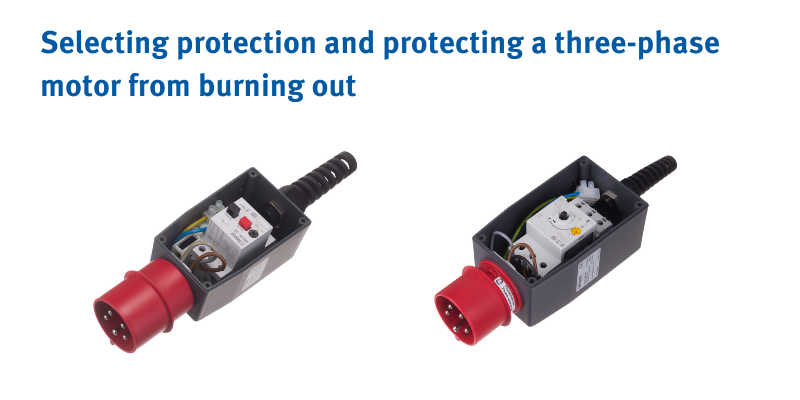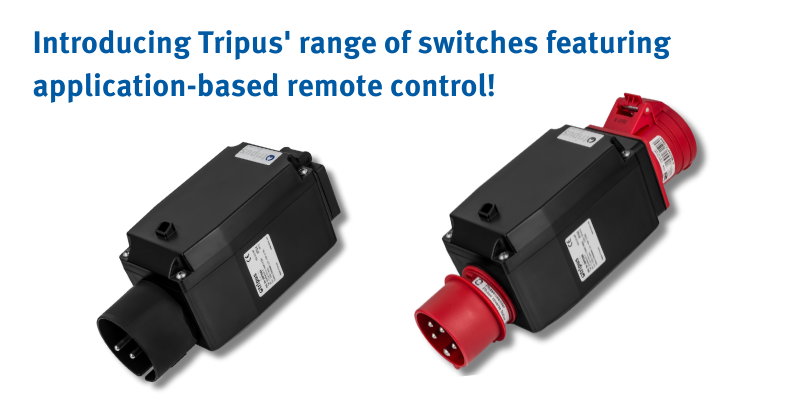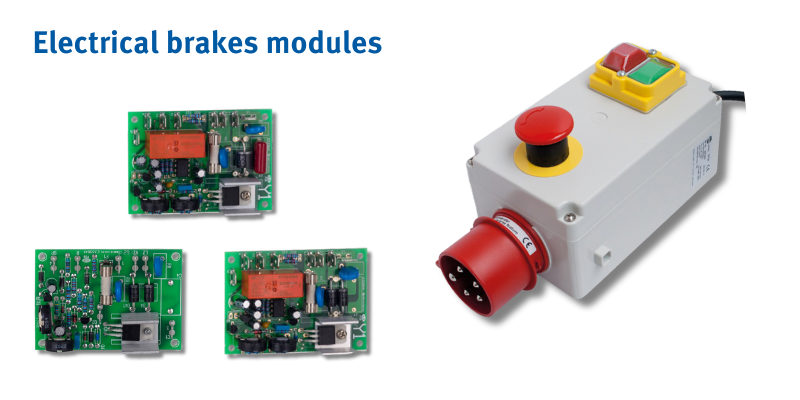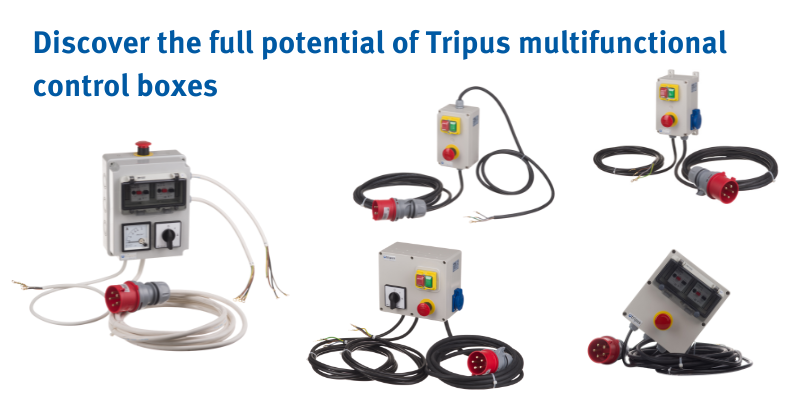SELECTING PROTECTION AND PROTECTING A THREE-PHASE MOTOR FROM BURNING OUT: AN EXPERT’S PERSPECTIVE
In the time of rising labor and spare parts costs, proper protection of electric motors is becoming crucial. Motor failure is not only a costly repair or replacement, but also production downtime, which can generate much greater losses. Therefore, the proper choice of protection and implementation of protection methods are absolutely fundamental.





